She was too ill to make it to the third floor of the Parisian townhouse her family occupied so her bed was brought downstairs to the large room which served as her studio and sitting room. Lying here pale and weak she waited while another invalid was carried up and settled on a sofa opposite, pulled up close so they could talk. The date was October 16th 1884 the young woman aged 25 was the Russian born artist Marie Bashkirtseff who had made her first real impact on the art world with her salon exhibit of that year, now in the Musee d’Orsay in Paris called “The Meeting” Her companion was her great friend and artisitic inspiration Jules Bastien-Lepage one of the greatest realist painters of the century. Marie wrote in her journal ” I can no longer go out but poor Bastian-Lepage comes to me, he is carried here, put in an easy chair and stretched out on cushions… The poor child is worn out…I was dressed in a cloud of white lace and plush, all different shades of white, the eyes of Bastien-Lepage dilated with delight. ‘oh, if I could only paint’ said he.” Marie died 2 weeks later of TB, (“consumption” as it was known at the time) on the 31 October; Bastien survived only until Dec 10th killed by stomach cancer at the age of 36.
It was only some years later that I discovered her journal in a second hand book shop in Dorset and realised that however interesting her painting was her personality was more interesting still and the impression the book made on me has never left.
She was intensely ambitious, gloriously self-centred and egotisitcal at times, (“after my bath I suddenly became so pretty that I spent 20 minutes looking at myself”) but at other times overcome by terrible fears and self doubt and all the while, suspecting, fearing, dreading the possibility that her time might be short and she had not a moment to waste.
She had hoped to have a career as an opera singer but her illness put paid to this and she switched her ambition to art. In 1877 she started attending the famous Academie Julian in the Rue Viviene in Paris which was at the time one of the few places where women artists could study from the nude. Big artistic names from the period gave their time for free to give criticisms and judge student competitions, Robert Fleury, the painter of “The last days of Corinth” being the most prominent in Marie’s time.
Always she demanded much of herself, had sworn she would be famous by the age of 20 and create a sensation at the Salon.
” ‘You must have a phenomenal success’ said Julian
But I have not been able, it is three years and what have I done? What am I ? Nothing. That is to say, I am a good pupil and that is all: but the phenomenon, the thunder-clap, the flash?… It comes upon me like a great unexpected disaster…”
If a fellow student produced better work than her she was filled with a sort of self loathing and this anger and jealously was frequently directed at the Swiss artist Louise Catherine Breslau who had started at Julian’s 2 or 3 years before Marie and already exhibited at the Salon. She wrote: “the very thought of that girl makes me uncomfortable: a single stroke of hers on one of my drawings gave me a blow to the heart. I feel her to be a force against which I am breaking.”
Marie is absolutely honest about her feelings which was one of the reasons her book produced such a strong reaction when first published, it wasn’t really the done thing for upper middle class women to admit to strong feelings of any kind let alone such “masculine” feelings of ambition and a desire to get ahead of your rivals. Her judgement wasn’t clouded though, Marie knew perfectly well when Breslau produced some work that Marie herself did not feel capable of, her anger was directed against herself for not being as good, it was never a petty desire to pretend or wish that others were inferior. ( “She can compose, and in her work there is nothing feminine, commonplace or mis-shapen. She will attract attention at the Salon… I am truly mad to envy her; I am but a child in art, while she is a grown up woman.”)
Marie used her ambition and feelings of inadequacy which she felt in the presence of some more experienced artists to drive her on and to force her, even when ill, to work as hard as she could. The combination of this driven personality and supportive environment allowed her to make progress almost at the rate she had desired.
If she had lived longer who knows where her art might have gone. What survives of her artwork is enough to suggest that greatness was within her reach.
As it was her fame in the years after her death rested principally on her memoirs which caused a literary sensation on a scale even she could not have forseen. Nearly a century and a half after her death her personality still strikes with an astonishing force and bears testament to the title she chose for her memoir “I am the most interesting book of all”.


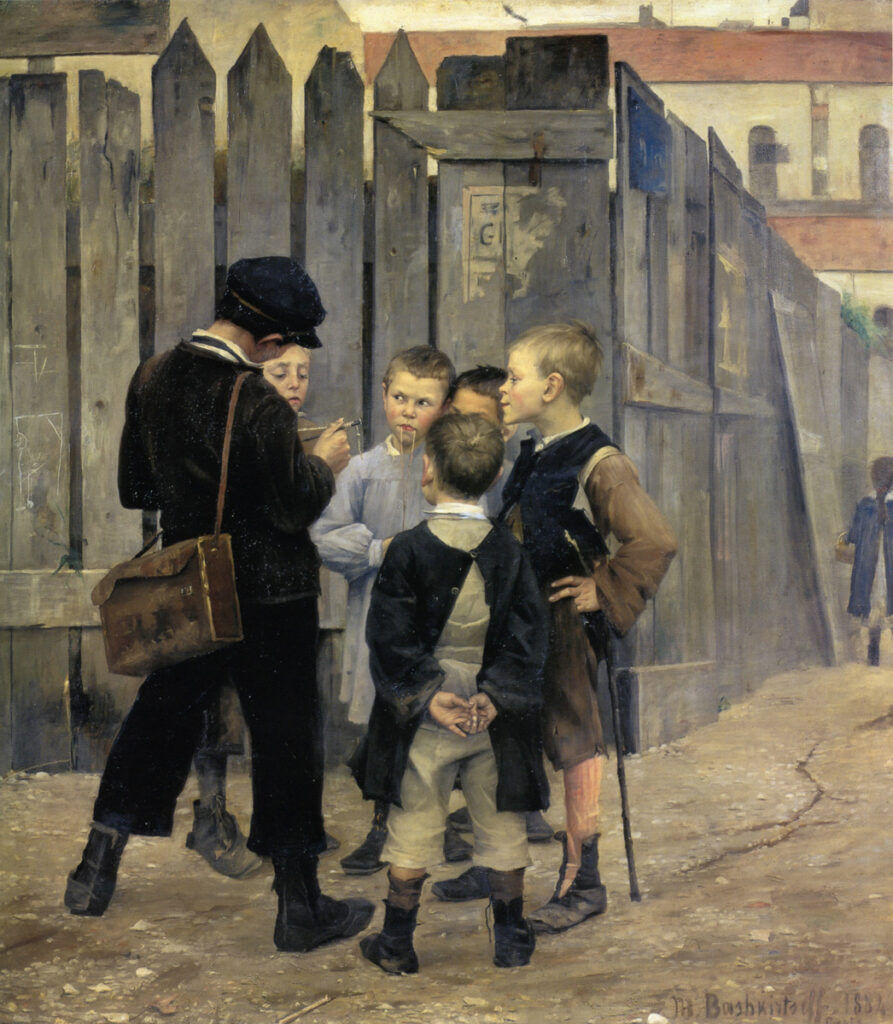
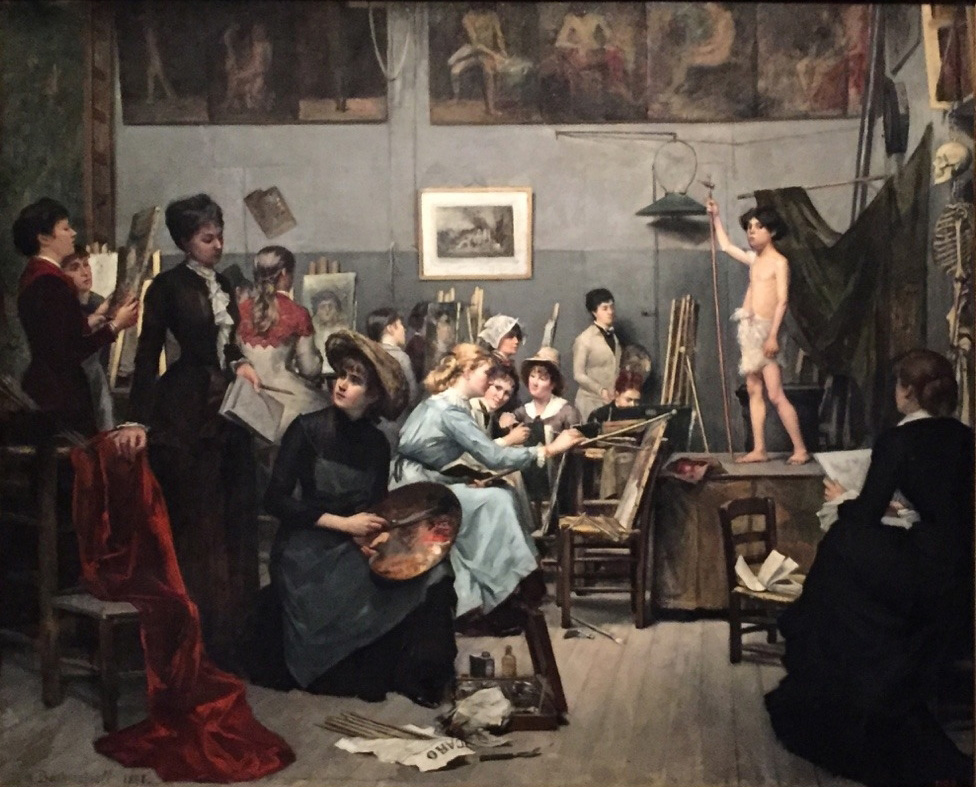
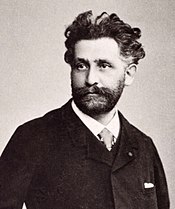
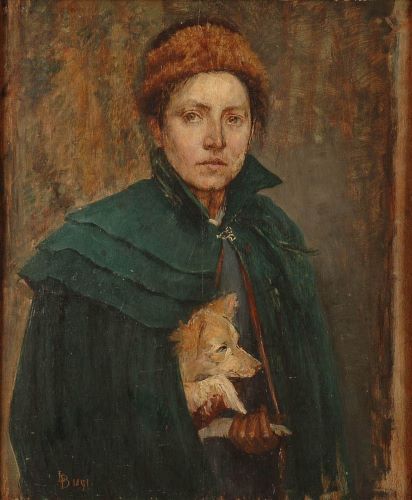
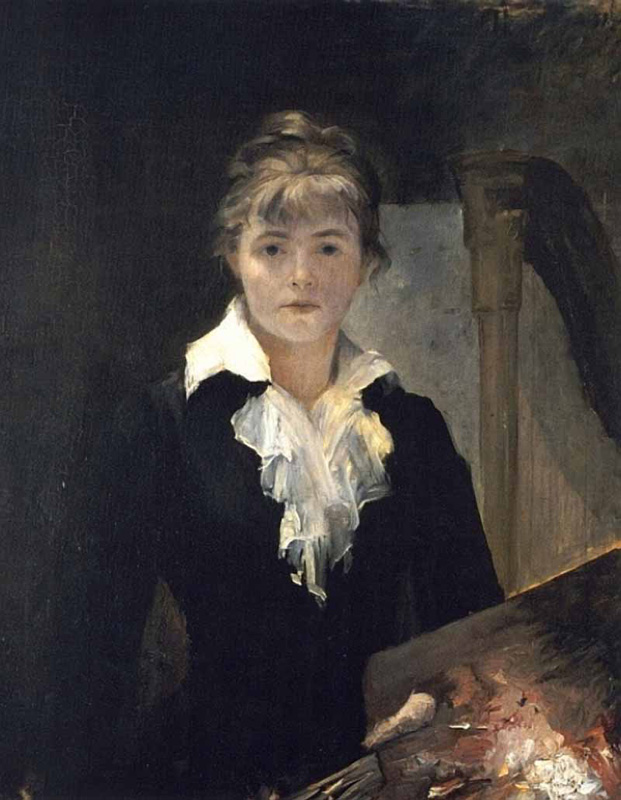
What a great story! I know so little about art history this is fantastic!!! Thank you for sharing!